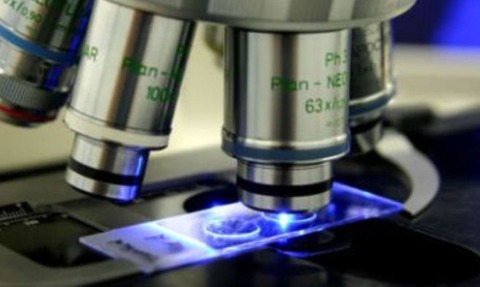Turing helps connect swimming sperm with zebra stripes
16 Oct 2023

What is the connection between swimming sperm and the spots on a leopard or the stripes on a zebra? A common mathematical basis say two Bristol University engineers.
Research, conducted by Dr Hermes Gadêlha and his PhD student James Cass, of the university’s School of Engineering Mathematics and Technology found these occurrences share a common foundation.
The study led by Gadêlha and his team focused on flagella, the whip-like tails on sperm and cilia to reveal that the undulating movements of these flagella create patterns in both space and time, akin to waves. These waves propel sperm and microbes forward, illustrating the same pattern formation principles defined by Alan Turing in his reaction-diffusion theory.
Reaction-diffusion theory, postulates that complex patterns can spontaneously emerge with two key ingredients: chemicals diffusing and reacting together. Dubbed Turing patterns, these are believed to govern various natural phenomena with applications across diverse fields, from biology to astrophysics.
The Bristol scientists demonstrated that flagellar undulations can occur spontaneously, independent of their fluid environment, which mirrors Turing's system designed for chemical patterns. In the case of sperm swimming, the undulations are powered by chemical reactions within molecular motors, diffusing along the tail in wave-like motions.
Talking about the work, published in Nature Communications, Gadêlha said: “Travelling waves emerge spontaneously even when the flagellum is uninfluenced by the surrounding fluid. This means that the flagellum has a fool-proof mechanism to enable swimming in low viscosity environments, which would otherwise be impossible for aquatic species.”
The researchers emphasised the potential implications for fertility issues related to abnormal flagellar motion and ciliopathies, derived from ineffective cilia in the human body. Their work could also have broader applications in robotics, artificial muscles, and animated materials by providing a recipe for creating patterns of movement.
“Although this is a step closer to mathematically decode spontaneous animation in nature, our reaction-diffusion model is far too simple to fully capture all complexity. Other models may exist, in the space of models, with equal, or even better, fits with experiments, that we simply have no knowledge of their existence yet, and thus substantial more research is still needed," asserted Gadêlha.

